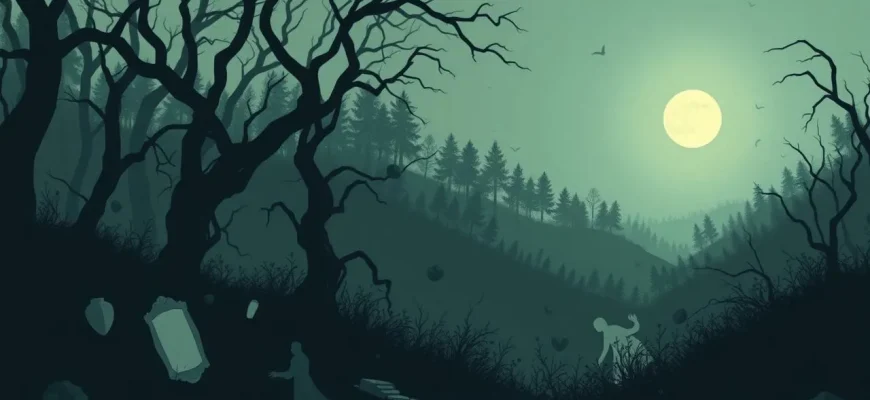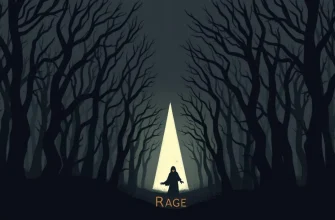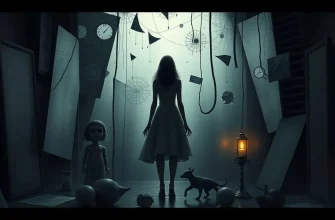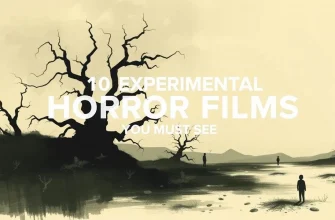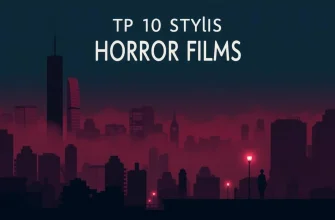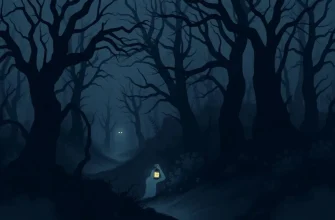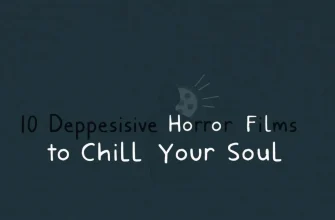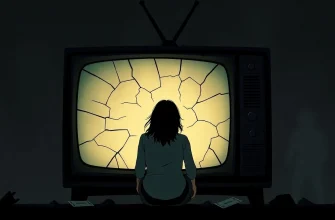Horror films have long been associated with jump scares and gore, but there's a subgenre that elevates the genre to an art form. These aesthetic horror films not only deliver chills but also captivate with their visual style, cinematography, and artistic direction. Here's a curated list of 10 films that blend terror with beauty, offering a unique cinematic experience for those who appreciate the aesthetics of fear.
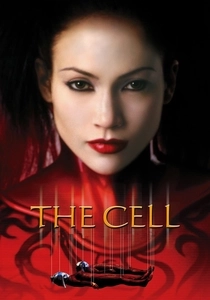
The Cell (2000)
Description: A psychological thriller that delves into the mind of a serial killer, offering a surreal, visually stunning exploration of the subconscious. The film's dreamlike sequences are a visual treat.
Fact: Director Tarsem Singh drew inspiration from surrealist art and music videos. The film's production design won an Academy Award.
 Watch Now
Watch Now 
The Babadook (2014)
Description: This Australian horror film uses shadows, color, and sound design to create an unsettling atmosphere. Its aesthetic is both minimalist and deeply disturbing.
Fact: The film was made on a budget of just $2 million but has since become a cult classic. The book within the film was designed to look like a pop-up book from the 19th century.
 Watch Now
Watch Now 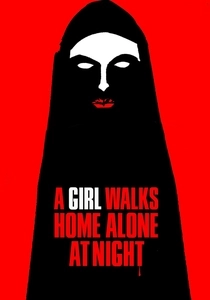
A Girl Walks Home Alone at Night (2014)
Description: This Iranian vampire western uses stark black and white cinematography to craft a visually striking narrative, blending horror with a unique cultural aesthetic.
Fact: The film was shot in California but set in an imagined Iranian town. The director, Ana Lily Amirpour, has described it as a "Persian spaghetti western."
 Watch Now
Watch Now 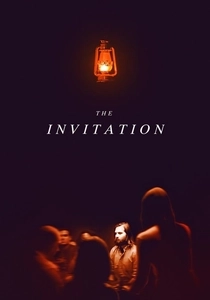
The Invitation (2015)
Description: This psychological horror film uses a single location to build tension, with its aesthetic focusing on the unsettling atmosphere of a dinner party gone wrong.
Fact: The film was shot in just 20 days. The director, Karyn Kusama, wanted to explore themes of grief, paranoia, and the American psyche through this setting.
 Watch Now
Watch Now 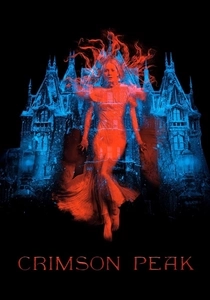
Crimson Peak (2015)
Description: Guillermo del Toro's gothic romance is a feast for the eyes with its lavish sets, intricate costumes, and hauntingly beautiful visuals that blend horror with romance.
Fact: The film was shot in Toronto, where an entire Victorian mansion was built on a soundstage. The house itself is a character, reflecting the decay and secrets within.
 Watch Now
Watch Now 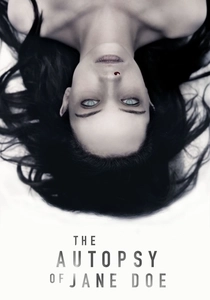
The Autopsy of Jane Doe (2016)
Description: The film's aesthetic is grounded in the clinical, eerie setting of a morgue, with a slow build-up of tension through meticulous attention to detail and visual storytelling.
Fact: The film was shot in a real morgue to enhance its authenticity. The director, André Øvredal, is known for his work in horror, particularly with his film "Trollhunter."
 Watch Now
Watch Now 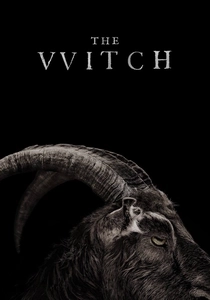
The Witch (2015)
Description: This film uses natural light and a meticulous attention to historical detail to create an atmosphere of dread. Its visual style evokes the feeling of a painting come to life.
Fact: The film was shot in chronological order to capture the natural progression of the actors' performances. The goats in the film were trained to perform specific actions.
 Watch Now
Watch Now 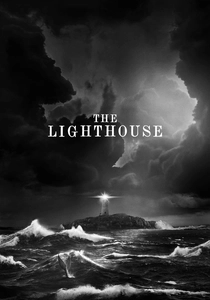
The Lighthouse (2019)
Description: Shot in black and white with a 1.19:1 aspect ratio, this film's aesthetic captures the isolation and madness of its characters, creating a claustrophobic, eerie atmosphere.
Fact: The film was shot on 35mm film to give it an authentic, timeless feel. The actors improvised much of their dialogue, adding to the film's raw, visceral quality.
 Watch Now
Watch Now 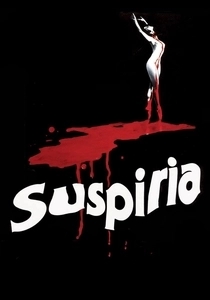
Suspiria (1977)
Description: Dario Argento's masterpiece is known for its vibrant, almost hallucinogenic color palette and its eerie, balletic horror. The film's aesthetic is as much a character as the witches themselves.
Fact: The film's score by Goblin is considered one of the most influential in horror cinema. The set design was inspired by the German Expressionist movement.
 30 Days Free
30 Days Free 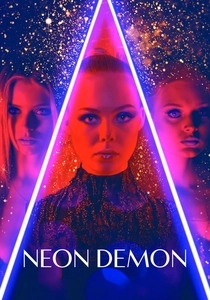
The Neon Demon (2016)
Description: A visually arresting tale of beauty, ambition, and cannibalism set in the cutthroat world of modeling. The film's use of neon colors and surreal imagery makes it a standout in aesthetic horror.
Fact: Director Nicolas Winding Refn was inspired by the idea of beauty as a form of horror. The film was shot on 35mm film to enhance its visual impact.
 30 Days Free
30 Days Free 
